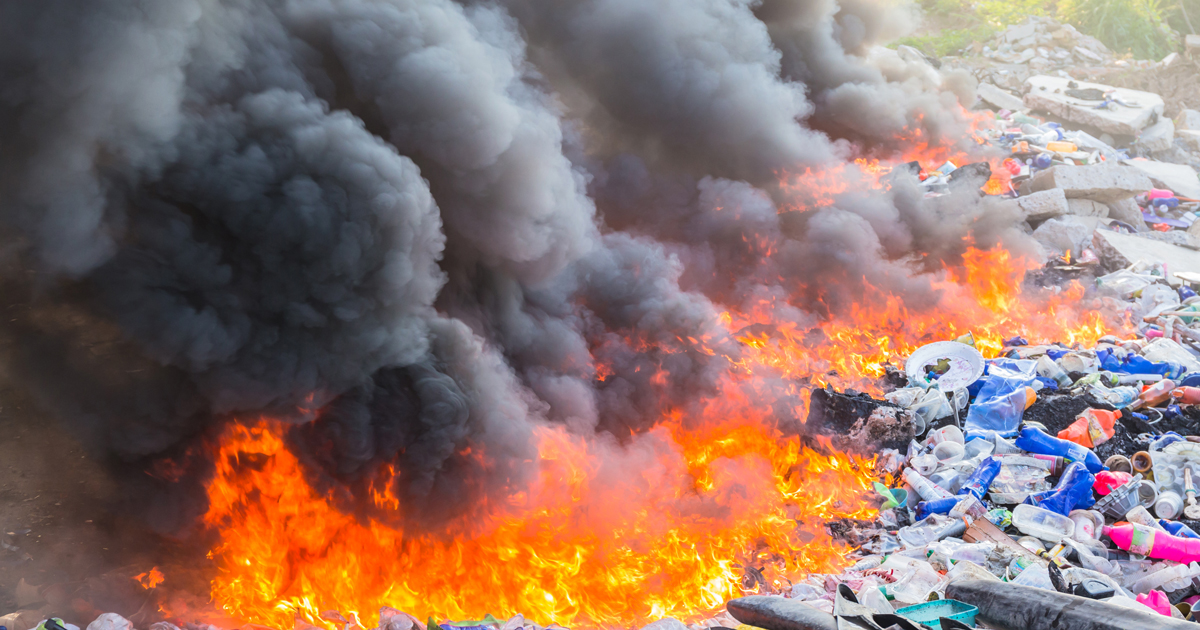Popular News
Open burning of waste leading cause of smog,respiratory and cardiovascular diseases

The open burning of municipal, agricultural, and industrial waste in Pakistan posed a severe threat to air quality and public health.
The common practice of open burning produces hazardous emissions, including particulate matter, dioxins, and Volatile Organic Compounds, contribute to smog, leading to respiratory issues and cardiovascular problems.
The Institute of Urbanism (IoU) and the Royal Academy of Engineering (RAE) jointly organised X Space (formerly called twitter space) to highlight the impact of open waste burning on smog and its threats to health and the environment.
Pakistan produces almost 50 million tons of annual municipal waste (solid waste) a year, increasing more than 2.4 percent annually. Pakistan lacks waste management infrastructure like other developing countries, creating serious environmental problems.
Dr. Abdullah Najam, Postgraduate Resident Pulmonologist at Pakistan Institute of Medical Sciences said that toxic air exacerbates existing health conditions, leading to respiratory and cardiovascular complications across diverse demographic groups.

Institute of Urbanism (IoU) in a recent study claimed that an average person generates 0.41 kg waste per day with 60 per cent of household waste and 90pc of office waste by volume being recyclable.
The Government of Pakistan (GOP) estimates that 87,000 tons of solid waste is generated per week, mostly from major metropolitan areas. Karachi, Pakistan’s largest city, generates more than 16,500 tons of municipal waste daily.
The municipal waste composition in Pakistan are Ash, bricks, and dirt – 18%, Glass – 6%, Textile – 2%, Cardboard – 7%, Food wastes – 30%, Leather – 1%, Paper – 6%, Plastic – 9%, Rubber – 1%, Metal – 4%, Wood – 2%, Yard wastes – 14%.








